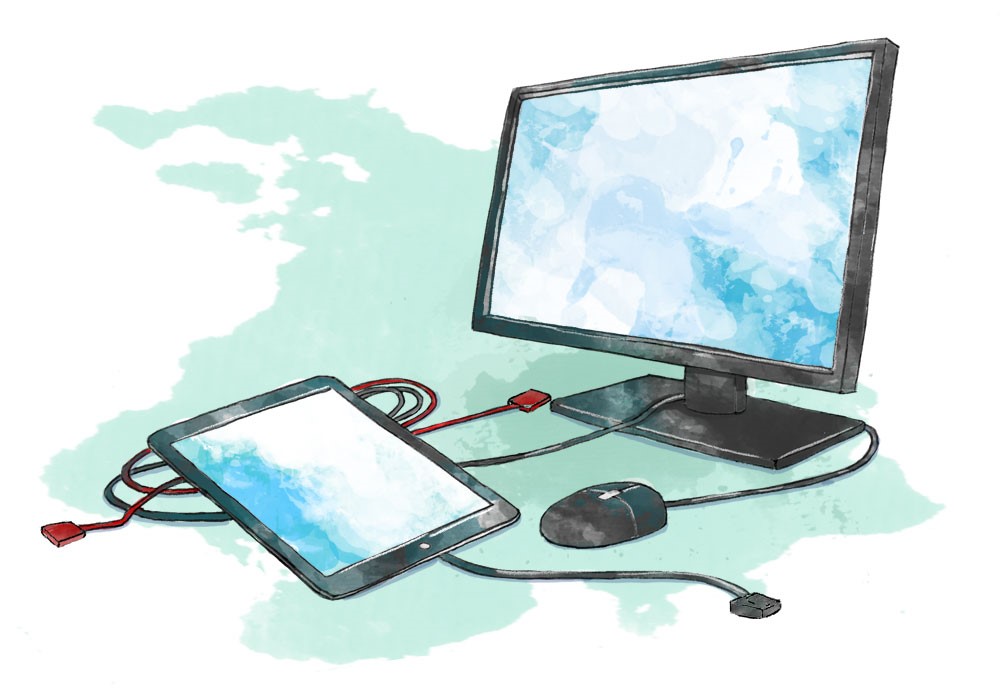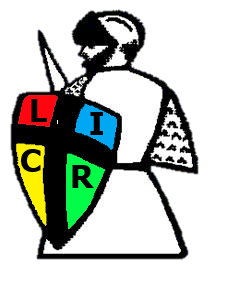Computing

Intent
At St Michael’s we know the importance of a high-quality computing education that equips pupils to use computational thinking and creativity to understand and change the world. Computing has deep links with mathematics, science, and design and technology, and provides insights into both natural and artificial systems. The core of computing is computer science, in which our pupils are taught the principles of information and computation, how digital systems work, and how to put this knowledge to use through programming. Building on this knowledge and understanding, our pupils are equipped to use information technology to create programs, systems and a range of content. Computing also ensures that pupils become digitally literate – able to use, and express themselves and develop their ideas through information and communication technology – at a level suitable for the future workplace and as active participants in a digital world.
By the end of Year 6 children will:
- be responsible, competent, confident and creative users of information and communication technology
- appreciate how to be respectful and responsible online; recognise acceptable/unacceptable behaviour and know ways to report concerns about content and contact
- appreciate how search engines work and evaluate digital content for suitability
- understand that computer networks provide multiple services and opportunities for communication and collaboration
- apply knowledge of information technology to new and unfamiliar technologies to solve problems
- understand and apply the fundamental principles and concepts of computer science (abstraction, logic, algorithms, data representation, sequence, selection and repetition in programs) when designing and writing programs
- use computational language when analysing a problem, breaking the problem down into smaller parts (decompose) to correct errors (debug)
- know how to select, use and combine a variety of software on a range of digital devices to collect, analyse, evaluate and present data and information.
Early Years Building Blocks
Computing is embedded throughout the whole of the curriculum Examples: - Use toy phones/cameras/computers within children’s play - Turn technological devices on and off - Complete a simple programme on a device such as an iPad or a computer - Draw information from computers to support children’s learning.
Implementation
All of our taught units fall under six fundamental principles, which are delivered across the school year. These principles include: programming, computational thinking, computer networks, creativity, communication/collaboration and productivity. Teaching e-safety throughout the school year is of paramount importance to us. When starting a new unit, esafety concerns are raised and discussed in collaboration with the children. We provide our pupils with useful strategies and expectations, to allow them to be responsible and safe users of technology and the internet. Lessons will be planned and developed following guidance from the National Centre for Computing Education. Our children will have access to Knowledge Organisers that will be used to show key language, knowledge and meaning for each area of Computing.
Impact
The impact of our computing curriculum is currently being evaluated. This is being done through conversations with our pupils (Pupil voice), formal and informal assessments which includes scrutiny of teaching and learning, and observations made in the suite and in classrooms.
